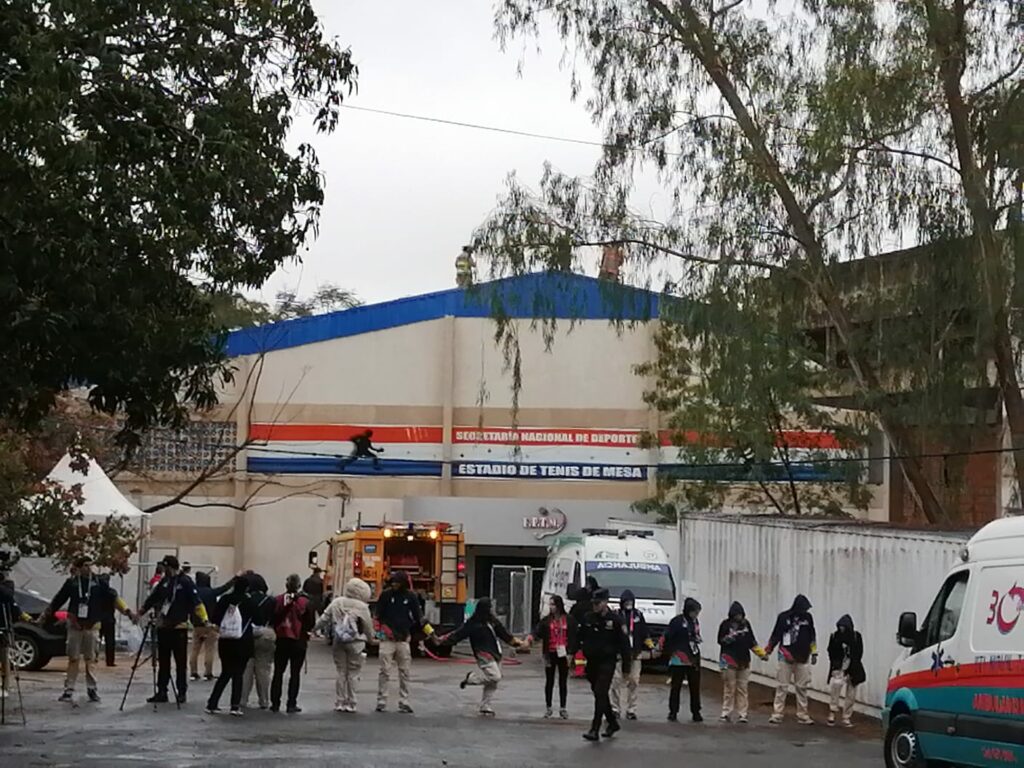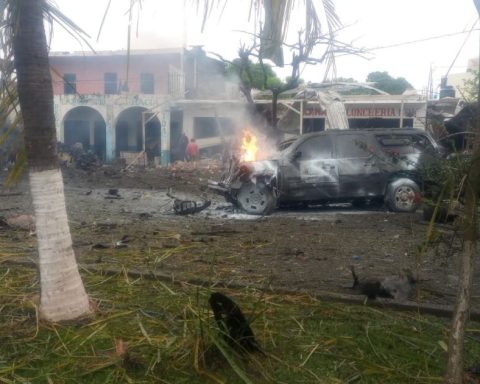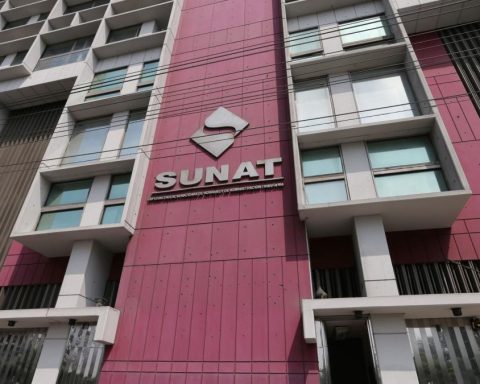The 2022 industry talking point for TIA has revolved around sustainability and data centers. Increasing customer pressure for greener approaches has led data centers to implement “holistic” strategies that include reducing their carbon footprint. In this context, Artificial Intelligence (AI) can greatly contribute to this equation.
A report by McKinsey highlights that AI extends the potential for energy savings throughout the network, thanks to its “ability to analyze huge volumes of data related to traffic patterns, real-time demand and the availability of network resources. network, which enable fast, automated decisions about which parts of the system can be put to sleep or shut down.
The same report notes that AI-powered energy-saving tools can deliver operational savings of 5-7% and reduce energy costs by 5% through automatic and continuous calibration of cooling plants, pumps, and controls. fans.
However, AI not only offers the benefits of data center energy management; By processing large volumes of data in real time, it also enables fault detection and outage prediction, and facilitates technical intervention. This makes it essential to ensure the operational continuity of the infrastructure.
A report by the Ponemon Institute in 2021 shows that “Core data centers experienced an average of 2.4 facility power outages per year with an average duration of more than two hours (138 minutes). This is in addition to almost 10 isolated annual downtimes to choose racks or servers.”
According to the Uptime Institute, 76% of these events can be prevented with the right tools. AI capabilities to monitor infrastructure, detect potential faults and remotely correct them contribute to network availability.
AI can be a valuable tool for achieving data-driven maintenance and spotting potential equipment issues before they even become a problem. A service of this type allows a reduction in the
acknowledgment and attention given to a fault, which implies less unavailability of the data center.
With respect to power infrastructure, predictive services can help generate an equipment assessment and identify the correlation between isolated events that could lead to an outage. In addition, they can monitor the life cycle of the equipment and anticipate the necessary changes so that the critical load does not suffer.
Remote monitoring with Vertiv LIFE™ relies on AI and machine learning to deliver real-time visibility, analysis, and diagnosis of critical services for ongoing proactive network assessment.
Monitoring operates 24×7 and connects with a remote response center. When a fault is detected, the LIFE tool sends a packet of information to the team of experts to help them diagnose the problem, and if necessary, assign the nearest technician to restore normal operation.
The value of Artificial Intelligence in data centers lies in the prevention of events and in the reduction of response time in failure situations. Similarly, a more efficient infrastructure with fewer failures also contributes to reducing the carbon footprint. Finding the right tools and partners can help you achieve both goals.
By: Francisco Sales, Director of Services at Vertiv Latin America.











